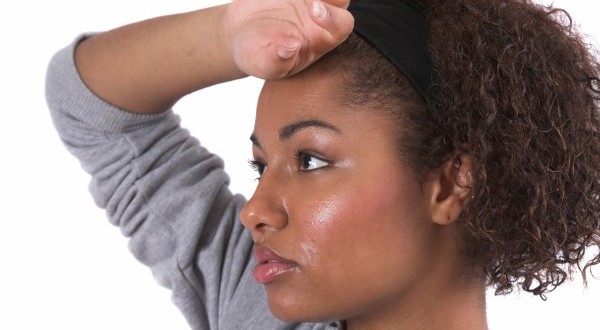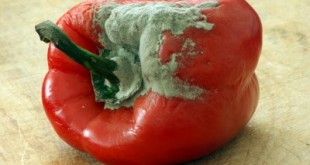During this time of year, many of us are struggling with the heartbreak of humidity. The moisture in the air can feel thick enough to cut. As you walk outside, you may wonder if you’ve walked into a sauna/oven combo!
The temperature of our skin is typically cooled as perspiration evaporates. With high humidity, perspiration stays on the skin instead of evaporating, leaving the skin feeling “sticky.” A humidity level of 30% to 50% would be ideal, depending on the relative temperature. We become more vulnerable to sickness with extreme humidity levels.
Effects of High Humidity (55% or higher) on Health:
1) Stuffy sinuses
2) Labored breathing (causing problems for those with COPD, asthma, or other lung conditions)
3) Worsening symptoms for some fibromyalgia patients
4) Difficulty sleeping
5) Increased pain in arthritis/osteoarthritis
6) Mold and mildew in the home (leading to allergic rhinitis or other respiratory complications)
Effects of Low Humidity (25% or lower) on Health:
1) Dry throat
2) Irritated mucus membranes
3) Itchy eyes
“Environmental Health Perspectives” Study on Health Effects of Relative Humidity:
1) “…airborne-transmitted infectious bacteria and viruses have shown that the survival or infectivity of these organisms is minimized by exposure to relative humidities between 40% and 70%.”
2) “Mite populations are minimized when the relative humidity is below 50% and reach a maximum size at 80% relative humidity.”
3) “Most species of fungi cannot grow unless the relative humidity exceeds 60%.”
4) “The majority of adverse health effects caused by relative humidity would be minimized by maintaining indoor levels between 40% and 60%.” (NCBI)
Location, Location, Location
Muggy locations which could predispose us to illness include:
– Geographical areas near a lake, a river, the ocean, or even an underground stream
– Basements / Cellars
– Bathrooms without ventilation/fans
Staying Cool and Dry
Dietary choices can play a part in the equation.
Foods and beverages that make it harder for our bodies to handle high humidity:
Fried foods
Sugar
Milk Products
Nightshades (tomatoes, eggplant, peppers)
Flour/Starches
Processed/Refined foods
Sodas
Alcohol
Foods that help our bodies deal with and overcome the dampness:
Green leafy vegetables
Watermelon
Broccoli
High fiber foods
Citrus zest
“Aromatics” (fennel, onion, cloves, basil, chives, ginger, cinnamon)
Other helpful hints:
1) The use of dehumidifiers or air conditioners will provide tremendous help in balancing and maintaining a healthier and more comfortable humidity percentage range.
2) Drink plenty of water before you “feel” thirsty. Dehydration often precedes thirst.
3) Wear whites or light colors. Dark colors absorb heat.
4) As much as is possible, postpone work or exertional activities for less humid times of the day.
Use Wisdom
“Wisdom is a shelter as money is a shelter, but the advantage of knowledge is this: Wisdom preserves those who have it.” (Ecclesiastes 7:12 / NIV)
Please use wisdom in caring for yourself, particularly if you are not accustomed to high humidity.
What other tips have helped you deal with muggy conditions?
 The Bottom Line, Ministries Christian News, Articles, & Poetry
The Bottom Line, Ministries Christian News, Articles, & Poetry 




